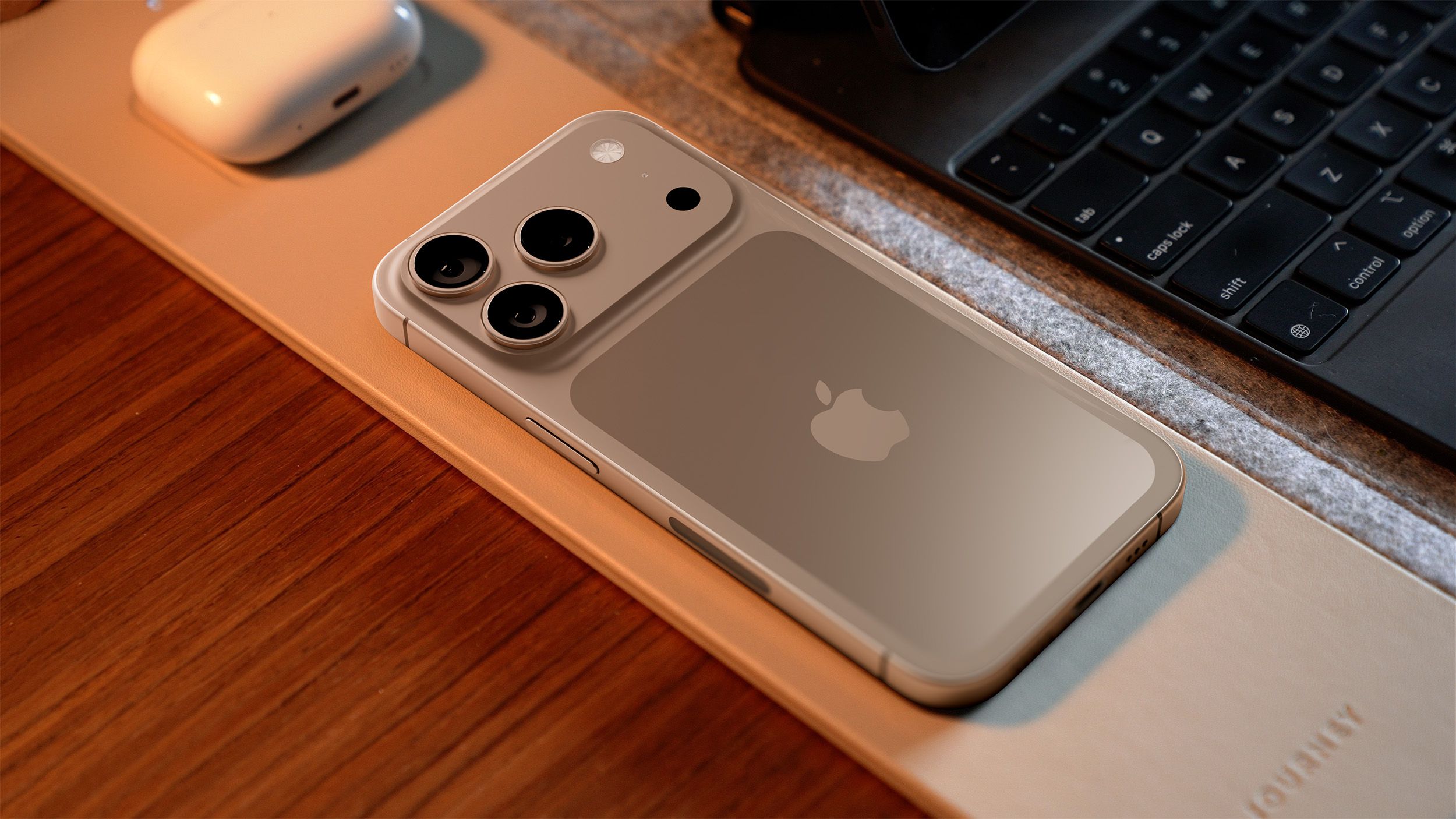When AI Gets a Drum Kit: The Mechanical Beat You Didn’t Ask For
Hello everyone. Gather round, because apparently the music industry has decided that what humanity desperately needs isn’t more creativity, passion, or the raw grit of human expression… but a synthetic limb-flailing metronome with 90% accuracy. Yes, the bright minds from SUPSI, IDSIA, and Politecnico di Milano have birthed the “robot drummer” – because clearly, the main problem with bands today is carbon-based percussionists being too… human.
The Frankenstein Backstory
Picture it: two academics, sipping coffee, contemplating life’s big questions like, “What if instead of nursing students into creative musicians, we trained a humanoid automaton to smack things rhythmically?” And so, they did. Using Unitree’s G1 humanoid robot simulation (read: a very expensive rhythm game nobody asked for), they built a machine learning model that converted music into these so-called “rhythmic contact chains.” That’s academic jargon for “telling a hunk of metal when to bonk which drum.”
This isn’t about music; it’s about turning drumming into a soulless spreadsheet, where precision replaces passion. Body coordination? Check. Rhythmic sensitivity? Sure. Quick adaptability? Well, unless you count the cold, calculated switching of drumsticks by a digital puppet master as “adaptability.”
The Tracklist From the Abyss
- Linkin Park – “In the End”: now stripped of every ounce of angst, delivered with the emotional range of a dial tone.
- Dave Brubeck – “Take Five”: the jazz classic, now with zero swing, because swing requires humanity.
- Bon Jovi – “Livin’ on a Prayer”: still livin’ on something… but it’s certainly not prayer; probably lithium-ion batteries.
They say the robot hit over 90% timing accuracy. Stunning, truly. And here I thought the point of live music wasn’t to sound like a quantized MIDI file. The thing even “crossed arms” to hit drums – a cute gimmick, like watching a fighting game AI execute a flashy combo without understanding why it’s even punching.
The Big Sell and the Big Miss
The research team gushes about bringing this marvel into the real world, giving it the ability to “improvise.” Yes, because a machine simulating unpredictability is the peak of innovation – essentially RNG on a snare drum. I can already picture it “jamming” live: an uncanny valley nightmare flailing to a beat while the crowd slowly realises they’re watching the lovechild of Rock Band’s autoplay mode and a Boston Dynamics demo.
From a doctor’s perspective? Well, imagine diagnosing rhythm without soul – it’s like a perfect ECG printed by someone who’s never actually met the patient. Healthy numbers, dead inside.
The Conspiracy Beat
If you think this project exists purely because of noble curiosity, I’ve got a tin-foil hat with your name on it. How long before “robot drummer” becomes “entire robot band,” autoplaying AI-generated songs for algorithm-fed audiences while Spotify quietly trains on every note you’ve ever listened to? Replace the band. Replace the gigs. Keep the ticket prices. Heaven help us when they “fix” the crowd by putting holograms in the front row.
Final Diagnosis
Look, as a tech exercise, fine – this is an amusing proof of concept. But as music? No thanks. The human drummer, with their imperfections, sweat, flair, and the occasional stick flying into the audience because they got carried away, brings something this mechanical contraption can’t: life. And until AI learns to miss a note out of pure passion, I’ll stick to the real thing.
Verdict? Cool toy, bad bandmate. File under: “Neat demo, but keep it away from my playlists.”
And that, ladies and gentlemen, is entirely my opinion.
瑞士研究團隊開發出「機器人鼓手」,號稱準確率可達 90%、可演奏複雜樂曲, https://www.inside.com.tw/article/39239-can-a-robot-be-a-real-drummer


